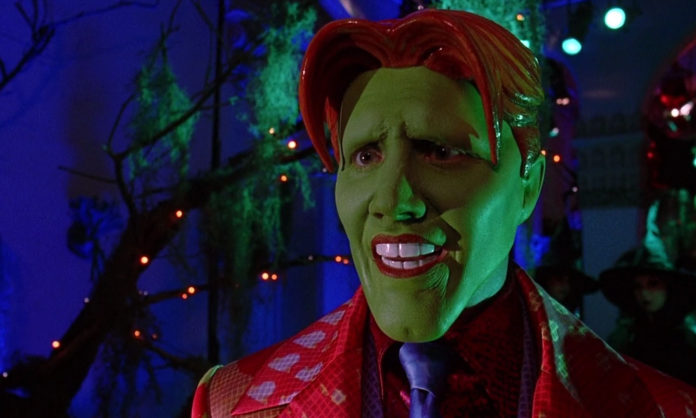Beginning writers often think it’s sufficient to be better than the worst.
It’s not.
However, you can learn from the worst. In post on The Script Lab, Alex Edge examines what we can learn from three absolutely terrible movies.
He starts with the inexplicably popular The Room by Tommy Wiseau. We admit that the concept of “it’s so bad, it’s good” is totally lost on us. The Room is so bad, it’s sad for everyone involved, including the audience. So what can we learn from a bad movie made by an incompetent writer with millions of dollars to waste?
“Every scene in The Room contains unneeded dialogue that doesn’t relate to the story or push the plot forward,” Edge says. “Including unnecessary and random dialogue in your script is one very quick way to bore your audience to the point of disengagement.” Also, the plot is unfocused. “The plot often wanders aimlessly and has no solid direction or theme, leaving you subsequently confused during the majority of this film.”
What can we learn from the classic Troll 2? Take criticism, Edge says. Italian writer/director Claudio Fragasso spoke limited English and refused to take suggestions from his actors, who had a hard time understanding what he wanted from their dialogue.
What about Cats? There’s no plot, Edge writes. The original T.S. Eliot poetry collection had no plot and the subsequent stage play didn’t do much to construct one. The singing and dancing work better on a stage, meaning the creators also chose the wrong form for their work. Without a plot, Cats would never work as a film.
Edge also takes a look at Son of the Mask, but I can’t take anymore.
“Learning from bad films is just as useful as learning from great films,” Edge writes. He suggests you watch these films, and analyze what went wrong. We think maybe you have a sock drawer to organize. You probably encounter enough bad movies and books. You don’t need to seek these out intentionally.












